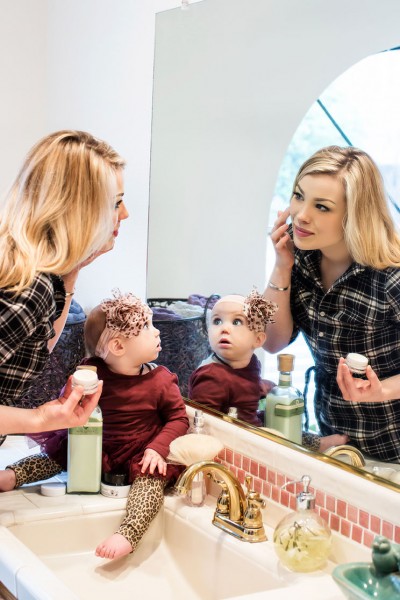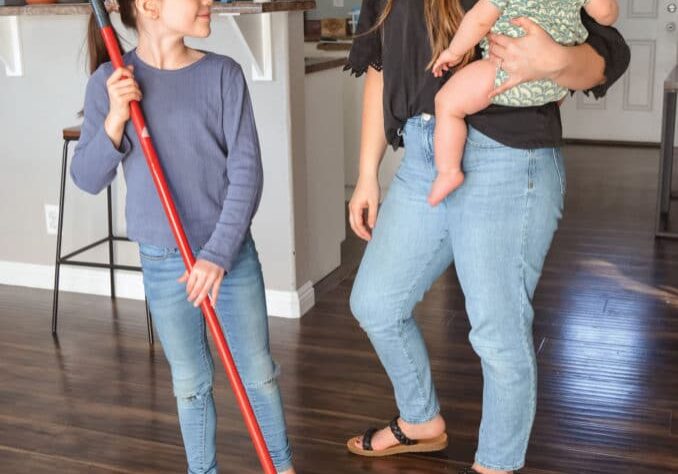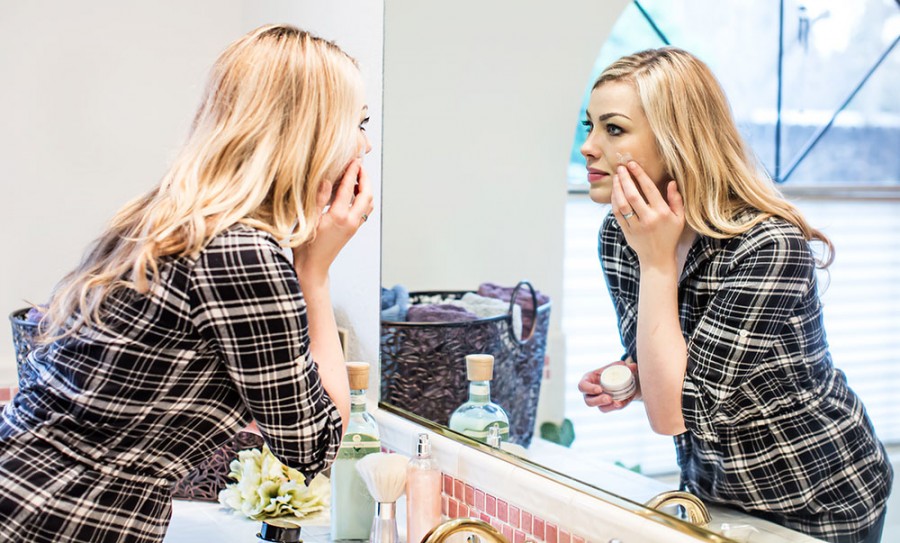 When it comes to beauty products, the effects of the ingredients they contain are more than just skin deep. In fact, shampoos, makeup, lotions, perfumes and other cosmetics for sale today can contain ingredients linked to serious health problems.
When it comes to beauty products, the effects of the ingredients they contain are more than just skin deep. In fact, shampoos, makeup, lotions, perfumes and other cosmetics for sale today can contain ingredients linked to serious health problems.
The Breast Cancer Fund (http://www.breastcancerfund.org) is a leader in advocacy efforts to get toxic substances out of cosmetics. As a founding member and sponsor of the Campaign for Safe Cosmetics (http://www.safecosmetics.org) the Breast Cancer Fund is committed to eliminating toxic chemicals from personal care products, including soaps, lotions, lipsticks, mascara, and even some baby shampoos.
The reason: The cosmetics industry uses thousands of synthetic chemicals as ingredients, even those linked to cancer, infertility and birth defects.
Every day, women use as many as twelve products containing 168 chemicals and men use an average of six products. Teens use even more. But lax laws and a lack of information means you and millions of Americans are in the dark about the safety of personal care products we use on our bodies.
Carcinogens have no place in cosmetics and personal care products, yet the United States government does not systematically assess their safety. In fact, the U.S. lags behind other countries in cosmetic safety, allowing hazardous chemicals that are banned in Canada, Japan and Europe. Just 11 of more than 12,500 ingredients used in cosmetics are restricted for use in the U.S., yet more than 1,300 chemicals have been prohibited in cosmetics sold in the European Union.
The law governing cosmetics was passed in 1938. The U.S. Food and Drug Administration (FDA) has limited authority to regulate cosmetics; essentially the cosmetics industry regulates itself. As a result, it’s difficult or nearly impossible to learn all the chemical ingredients used to make cosmetics and personal care products we apply to our skin.
That’s why we need new federal legislation. For the first time in 77 years, Congress has the opportunity to close the gaping holes in our outdated federal cosmetic law with the Personal Care Products Safety Act of 2015, introduced in April by Senators Dianne Feinstein, D-Calif., and Susan Collins, R-Maine.
Strong federal cosmetics legislation should include the following:
- Require companies to register their facilities, products and ingredients with FDA;
- Require full ingredient disclosure to the FDA, manufacturers and consumers regarding professional salon products, web-based sales of cosmetic products, and all fragrance and flavoring ingredients;
- Direct the FDA to assess the safety of a minimum of five cosmetics chemicals each year;
- Contain a strong safety standard;
- Require sharing of safety studies data to assist small businesses and to decrease animal testing;
- Give consumers the right to know about cosmetic products that are causing hair loss, burns, disfigurement, hospitalization or other adverse reactions; and
- Protect each state’s ability to legislate on cosmetic safety.
There’s growing momentum for this change. After a multi-year campaign against Johnson & Johnson to get the company to eliminate toxic formaldehyde from its iconic baby shampoo, in 2011 the company agreed to reformulate its entire baby and adult lines of products. Retailers including Walmart and Target have developed policies to replace dangerous chemicals with safer alternatives.
The bottom line: Federal legislation and informed consumers offer a real chance to eliminate harmful chemicals from the personal care products we put on our bodies every day. Visit http://www.safecosmetics.org to learn more.
 Avoid These Chemicals Used in Cosmetics
Avoid These Chemicals Used in Cosmetics
Knowledge is power. Learn how to avoid the nastiest chemicals in personal care products. Source: Breast Cancer Fund.
Phthalates
Phthalates are a group of endocrine-disrupting chemicals that are found in cosmetics like nail polish and synthetic fragrance – both perfumes and fragrance ingredients in other cosmetic products. Phthalate exposure has been linked to early puberty in girls, a risk factor for later-life breast cancer. Some phthalates also act as weak estrogens in cell culture systems.
Triclosan
Triclosan is used in antibacterial soaps, deodorants and toothpastes to limit the growth of bacteria and mold. The chemical, which is classified as a pesticide, can affect the body’s hormone systems – especially thyroid hormones, which regulate metabolism—and may disrupt normal breast development. Widespread use of triclosan may also contribute to bacterial resistance to antimicrobial agents.
1,4-dioxane
1,4-dioxane is not listed on ingredient labels. It is a petroleum-derived contaminant formed in the manufacture of shampoos, body wash, children’s bath products and other sudsing cosmetics. The International Agency for Research on Cancer (IARC) has ranked it as a possible carcinogen, and the National Toxicology Program (NTP) has identified it as a reasonably anticipated carcinogen.
Parabens
Parabens are a group of compounds widely used as an antifungal agent, preservative and antimicrobial. They are found in creams, lotions, ointments and other cosmetics, including underarm deodorants. Parabens are absorbed through the skin and have been identified in biopsy samples from breast tumors.
Ethylene Oxide
Ethylene oxide is used to sterilize surgical instruments. It can also be a contaminant of personal care products such as shampoos and body washes, because it is used to buffer the harshness of some sudsing agents, and trace amounts can be left behind. It is classified as a known human carcinogen and is one of 51 chemicals that the National Toxicology Program (NTP) identifies as mammary carcinogens in animals.
1,3-butadiene
Shaving creams, spray sunscreens and foundations, and anti-fungal treatments that contain the propellant isobutene may be contaminated with the carcinogen 1,3-butadiene. Exposure occurs mainly through inhalation. This chemical has been found to increase mammary tumors in rodents.
Polycyclic Aromatic Hydrocarbons (PAHs)
Polycyclic aromatic hydrocarbons (PAHs) are a group of chemicals that occur naturally in coal, crude oil and gasoline. One of the more common PAHs is naphthalene. Some cosmetics and shampoos are made with coal tar and therefore may contain PAHs. They have been shown to increase risk for breast cancer.
Placental Extract
Placental extract is derived from human or animal placentas and is used in hair conditioners, shampoos and other grooming aids, particularly those marketed to women of color. The National Toxicology Program (NTP) has identified progesterone, the major hormonal contaminant in placental extracts, as a reasonably anticipated carcinogen.
Lead
Lead may be a contaminant in over 650 cosmetic products, including sunscreens, foundation, nail colors, lipsticks and whitening toothpaste. Lead is a proven neurotoxin, linked to learning, language and behavioral problems. It has also been linked to miscarriage, reduced fertility in men and women, and delays in puberty onset in girls.
Sunscreen
Many sunscreens contain chemicals that exert significant estrogenic activity, as measured by the increase in proliferation rates of human breast cancer cells in vitro. Studies show these chemicals are accumulating in wildlife and humans.
Learn more at http://www.safecosmetics.org/get-the-facts/chemicals-of-concern.
Tips for Choosing Safe Cosmetics
Beauty should be more than skin deep. Be conscious of the toxic chemicals that may be in the cosmetics and toiletries you use, including phthalates, triclosan, 1,4-dioxane, parabens, ethylene oxide, polycyclic aromatic hydrocarbons (PAHs), placental extract, lead, and chemicals commonly found in sunscreens – all of these are linked to breast cancer.
Use Fewer Products with Simpler Ingredients. Some beauty products contain carcinogens and endocrine-disrupting chemicals that increase breast cancer risk. Ask yourself which products you can do without, since the best way to avoid chemicals is to use fewer products. Each product you cut from your beauty ritual decreases the number and quantity of chemicals to which you’re exposed.
Avoid “fragrance.” Although it’s just one little word on the ingredient label, “fragrance” can contain dozens, even hundreds, of chemicals – including hormone-disrupting phthalates and synthetic musks. Fragrance manufacturers claim the formulas are confidential business information, and sometimes even keep them secret from the companies that sell their products. Even fragrances that purport to be natural can contain chemicals of concern, so choose products that disclose every ingredient. Until the law changes so consumers are fully informed about what’s in cosmetic products, it’s best to avoid synthetic fragrance and opt for products that are fragrance-free or that fully disclose their fragrance ingredients.
Beware of Empty Organic and Natural Claims. Read labels for specific information on a product’s ingredients, rather than relying on claims like “organic” or “natural.” A USDA-certified organic seal means 95% or more organic ingredients. But a claim of “made with organic ingredients” or “made with natural ingredients” still leaves plenty of room for harmful synthetics.
Get Crafty with DIY natural beauty products. One great way to know exactly what’s in your products is to make your own, often out of everyday ingredients you have in your cupboards or refrigerator.
Follow Your Nose When Choosing a Nail Salon. If you go for a mani-pedi, select a nail salon that stocks only nail polishes free of the toxic trio: formaldehyde, toluene (which can be contaminated with benzene), and dibutyl phthalate. Also look for a nail salon that has good ventilation for the entire shop. Choosing a nail salon that engages in these safety practices can help protect your health and the health of the workers who are there every day.
Get the Information You Need to Choose Wisely. We all have our favorite makeup and toiletries. To find out whether your go-to products are safe or not, try Think Dirty’s “Shop Clean” app (http://www.thinkdirtyapp.com). This easy-to-use resource ranks the safety of specific products on a scale of 1-10 and offers up cleaner solutions.
Avoid These Top Offenders. Individual brands aside, some products are just bad news. Stay away from:
- Anti-aging creams with BHA on the label
- Hair dyes, which can contain hormone disruptors like resorcinol
- Liquid hand soaps with triclosan/triclocarban
- Nail polish and removers with formaldehyde, DBP or toluene (which can be contaminated with benzene)
- Skin lighteners with hydroquinone
- Heavily scented products
- Moisturizers, ointments and skin creams with petrolatum (which can be contaminated with PAHs)
- Fungicides, shaving creams, hair gels and hair coloring containing nonylphenol
- Hair spray, gel, mousse or shaving cream that contains isobutane, a propellant that can be contaminated with 1,3-butadiene
- Sunscreens with UV filters that mimic estrogen
Want to Learn more?
Visit these websites:
- Consumer Reports “Safer Makeup” Video: http://www.tinyurl.com/CR-SaferMakeup
- GoodGuide website: http://www.goodguide.com
- Safe Cosmetics website: http://www.safecosmetics.org
- Think Dirty® website: http://www.thinkdirtyapp.com
Posted in: Health & Nutrition
Comment Policy: All viewpoints are welcome, but comments should remain relevant. Personal attacks, profanity, and aggressive behavior are not allowed. No spam, advertising, or promoting of products/services. Please, only use your real name and limit the amount of links submitted in your comment.
You Might Also Like...

A Mother’s Journey: Teenage Depression
As a mother it is hard not to feel guilty when you realize your child is suffering. I remember wishing my first baby had come with a care manual, but between […]
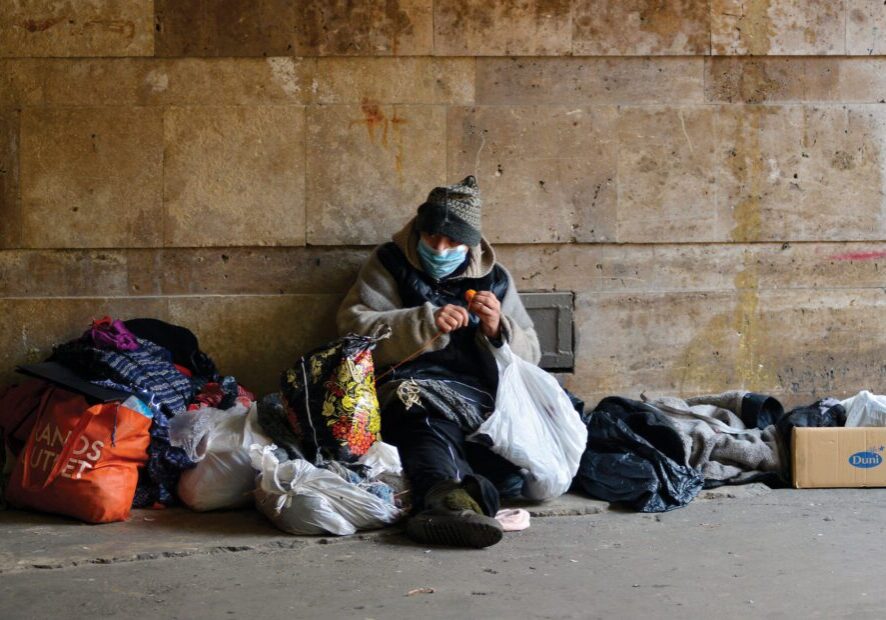
Heartfelt Health Care For Those Experiencing Homelessness In Redding
“I take care of wounds, drain abscesses, start blood pressure medicine, treat diabetes and treat psychiatric conditions,” says Dr. Kyle Patton, M.D., medical director of the Hope program at Shasta […]
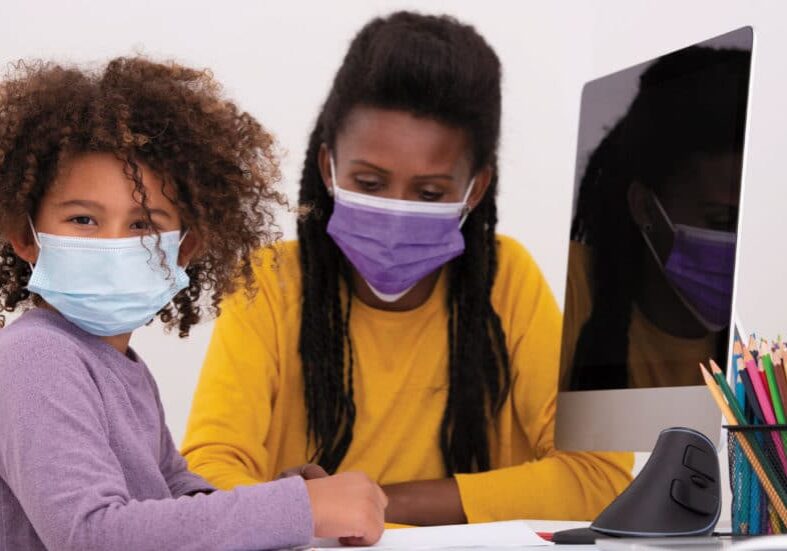
5 Tips for Talking to Your Kids About the Pandemic
The pandemic has now been with us for several months, and no one knows when it will pass. How can parents talk to their kids about it in a way […]

Then And Now: What School Nurses Do
The history of school nursing reflects changes as vast as those in any other medical profession. It began with a single focus: keeping children in school. Today, nurses are responsible […]


